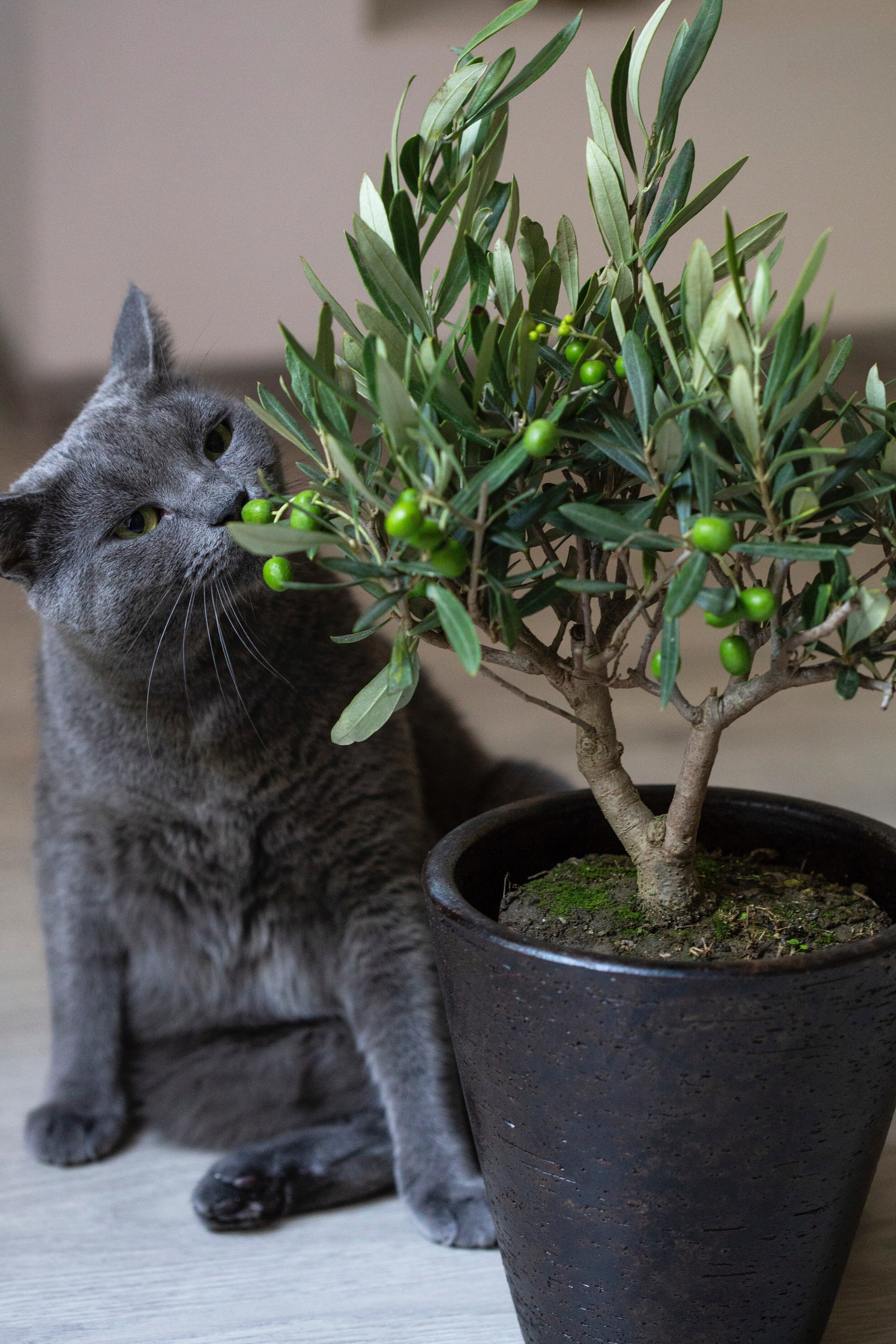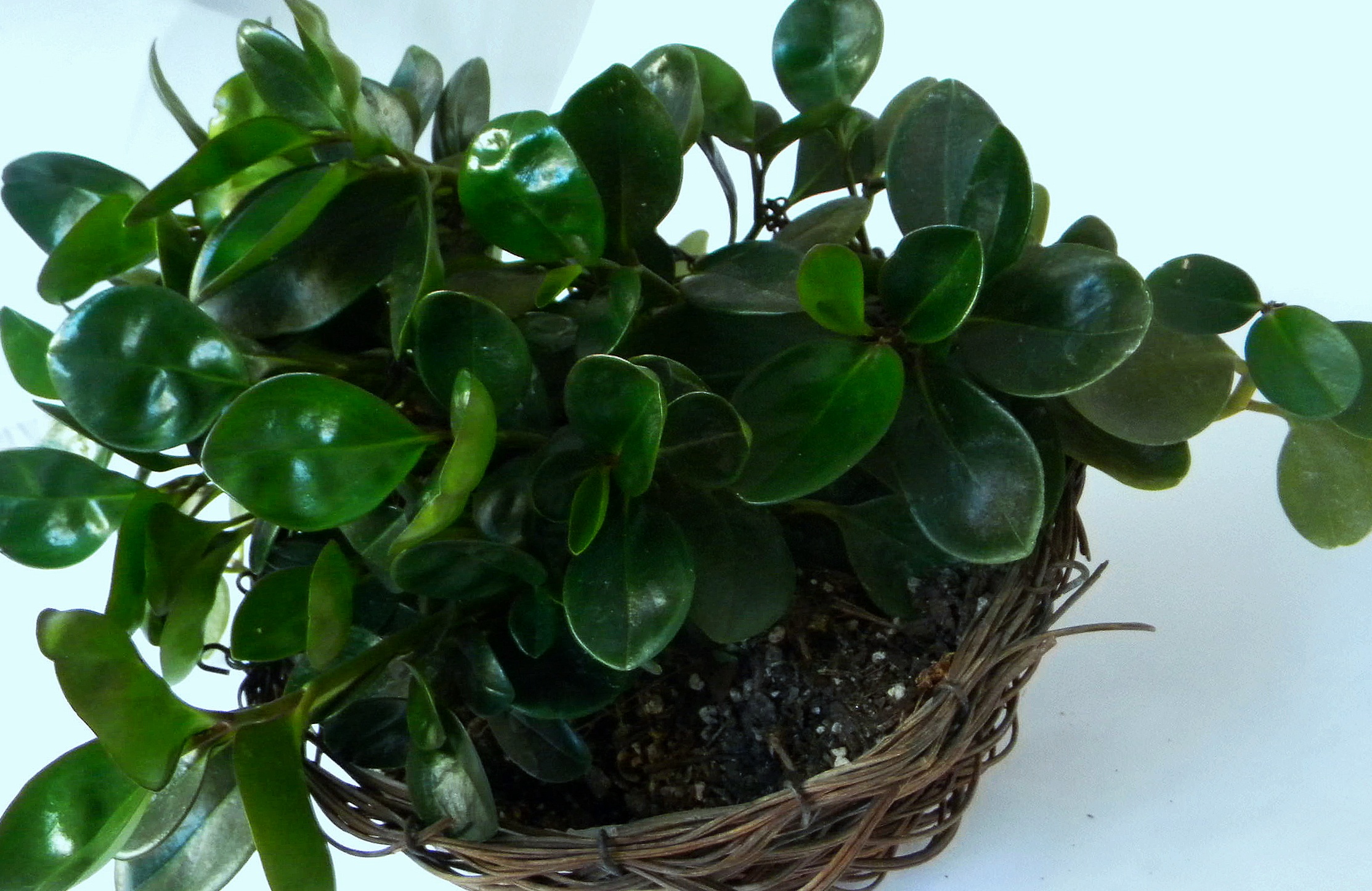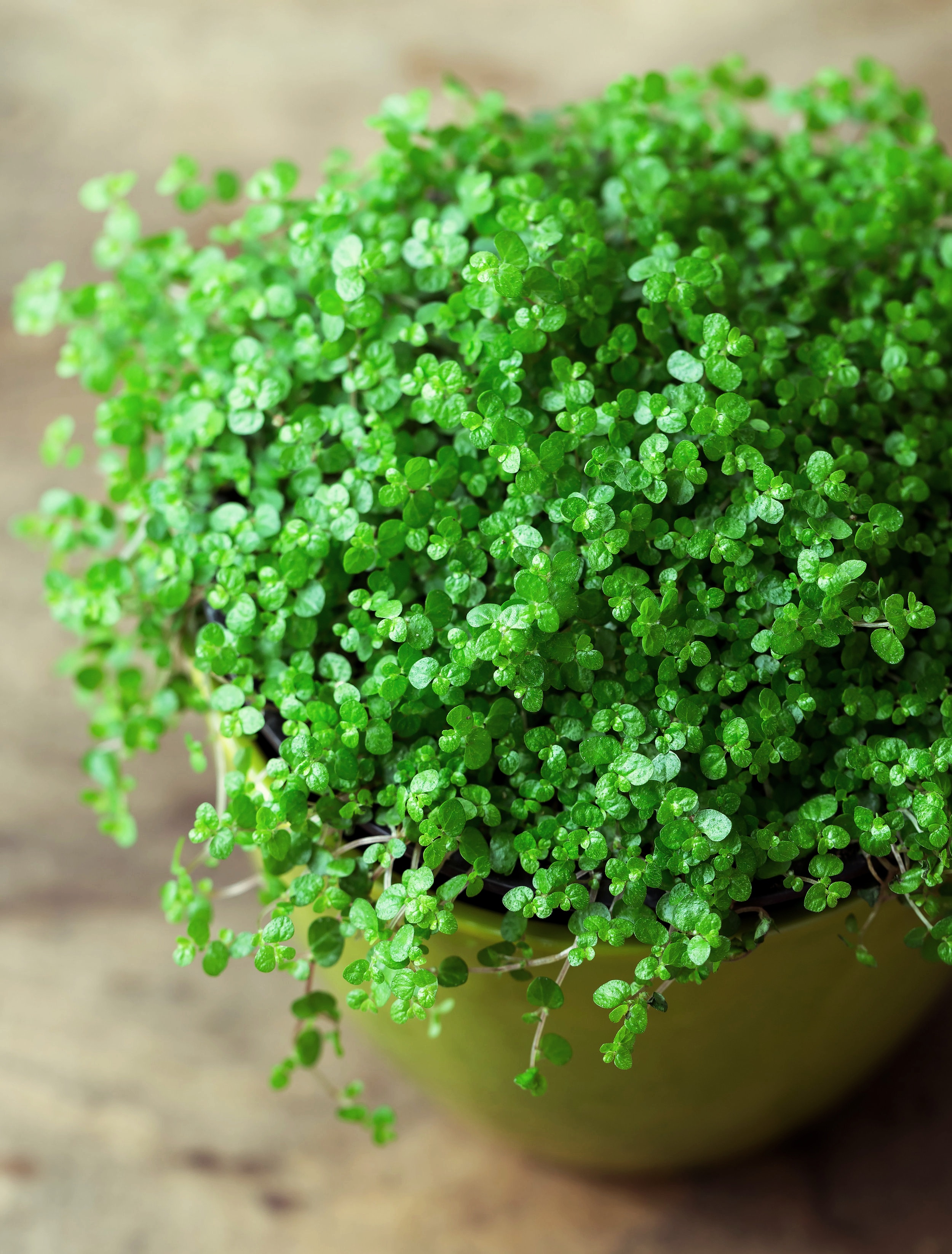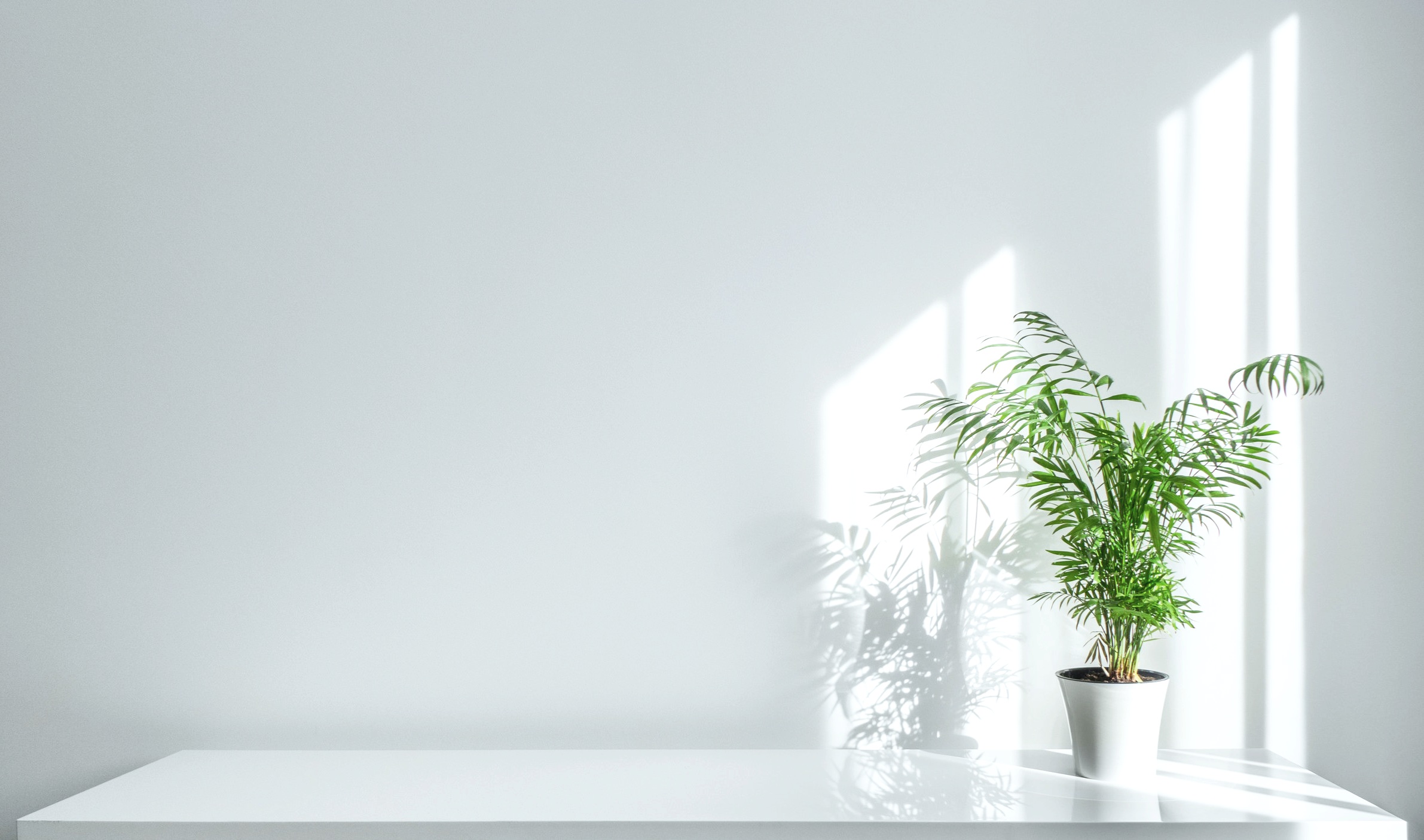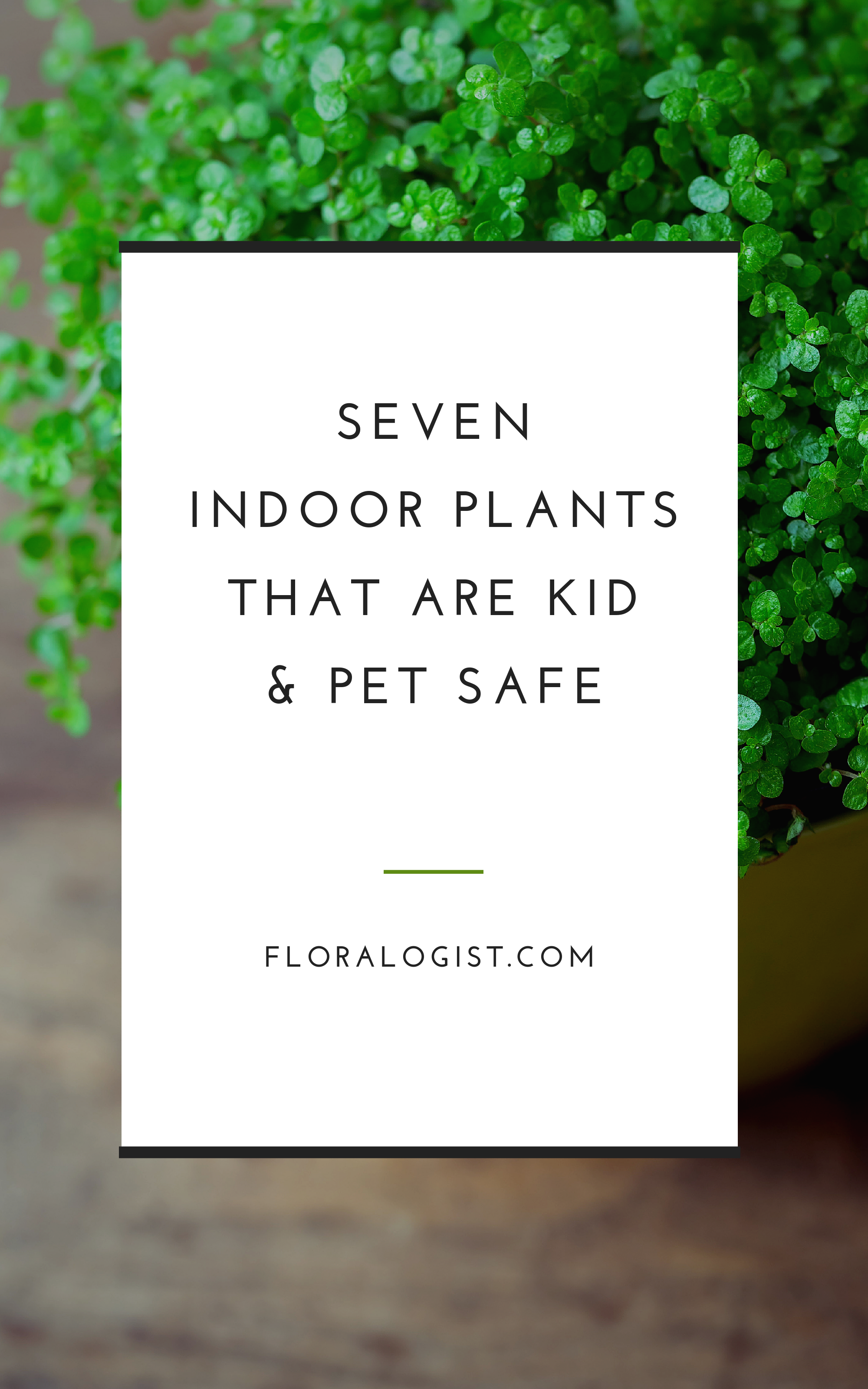Seven indoor plants that are safe for children and pets
Conscious Gardening
These plants won’t make your babies, or fur babies sick.
There are many indoor plants that are toxic or dangerous for children and animals, making them a hazard to keep in your home. If you can’t live without your houseplants, don’t worry. You don’t have to give up indoor gardening when you have babies or fur babies, you just have to choose indoor plants that are safe around kids and pets.
1. Christmas Cactus
The Christmas Cactus - and its relatives the Easter Cactus and the Thanksgiving Cactus - are safe houseplants to keep indoors that won’t harm your pets or children. Still, try to discourage your pets from eating the plant, as it is fibrous and can cause an upset stomach. Your Christmas Cactus will do best in bright but indirect light, and the time of year it blooms will indicate which variety it is that you have. All varieties of this houseplant are easy to propagate.
2. Boston Fern
Although some ferns are toxic, the Boston Fern is a safe indoor plant to keep around your pets and children. Boston Ferns are a lush fern that thrives in indirect sunlight and humid environments. Boston Ferns aid humid environments by absorbing the moisture from the air, which can help to make your home more comfortable. Water regularly to keep the soil damp, and make sure to keep the leaves from drying out by spraying them with water a couple of times each week.
3. Baby Rubber Plant
Rubber Plants are toxic, but the Baby Rubber Plant, also called a Pepper Plant or an American Rubber Plant, is non-toxic and safe to keep in your home. The care of these plants depends on the variety you have; Baby Rubber Plants with green leaves should be placed in the shade and out of the hot sun, but the ones with variegated foliage prefer a few hours of sun each day and should be kept close to a sunny window.
Growing Plants
Get the free 20-page indoor plant guide for beginners and brown thumbs with short and pithy tips on choosing good indoor plants and growing them easily.
4. Baby’s Tears Plant
Baby’s Tears are safe to keep around children and pets. These plants grow small green leaves on fragile stems, and tiny white flowers bloom in the late spring. Baby’s Tears do not like the direct sun; they do well in bright, indirect sunlight instead. The soil should be moist, but not wet, or the stems can begin to rot.
5. Prayer Plant
The Prayer Plant gets its name because the leaves of this plant lift up and fold in together every evening, and then reopen in the morning. Prayer Plants are child-safe and pet-safe indoor plants. These houseplants prefer medium to high amounts of light, but not direct sun. If your Prayer Plants’ leaves do not completely open during the day, it’s an indication that they are not getting enough light. If the color in the leaves of your Prayer Plant is starting to fade, your plant is getting too much light.
6. Wax Plant
The Wax Plant, or Hoya, is a non-toxic houseplant, safe to keep around kids and pets. They are often called Wax Plants because of the waxy appearance of the leaves and flowers. The sweet-smelling flowers grow in clusters and are star-shaped. Flowers can be red, pink, yellow, white, purple, orange, or even black. Wax Plants bloom best in bright light but can handle direct sun or adapt to low light as well, although they will not grow as fast or bloom in low light.
7. Parlor Palm
The perfect houseplant for someone who prefers a non-toxic, low-maintenance plant is the Parlor Palm. These plants require very little care and can be encouraged to stay small or grow big. When planted in a 10-inch pot, Parlor Palms can grow up to 4 feet tall, or it can be kept in a 6-inch pot and have a permanent spot on a table. If the plant gets brown leaf tips, it means you are watering too much, while yellowing leaves indicate your Parlor Palm needs a drink. These plants do best in medium light, and should never be put in bright light or direct sunlight.
With curious, playful children, dogs, and cats in your home, it’s likely that one of them will eventually take a nibble of your houseplants. While ingesting a poisonous plant usually only causes an upset stomach, diarrhea, or a skin reaction, eating enough of it can cause life-threatening symptoms and prompt a visit to the hospital or veterinarian. You can start child proofing your home with these 7 houseplants today.

